1. Procurement seasonality recommendations
Advance purchase
Spring and summer are the peak purchase seasons for PE pipes. Due to increased demand, prices tend to rise and delivery cycles may also be extended. Therefore, in order to avoid price increases and tight supply, it is recommended to purchase in advance in the off-season (such as winter or early spring) before the construction peak season. Usually, the price is lower and the supplier can offer more discounts.
Reasonable inventory management
If the factory has enough storage space, it can stockpile part of the inventory in the off-season to prepare for the peak season demand and avoid increased procurement costs in the peak season. It is especially suitable for projects with relatively stable demand or clear construction plans.
2. Construction arrangement recommendations
Avoid extreme weather construction
The construction of PE pipes is most ideal in spring and summer when the temperature is higher, because the material is more flexible and the construction is convenient. In the cold climate conditions of winter, PE pipes may become fragile, and installation and welding are more difficult. Therefore, it is best to avoid construction in winter in cold areas. If construction is necessary, certain insulation and preheating measures should be taken.
Advance planning and coordination
For large-scale engineering projects, it is recommended to complete all construction drawing design, budget review and supply chain coordination before the construction peak season begins, so that once the peak season begins, construction can be started quickly and the waiting time of the project can be reduced.
3. Manufacturers selection suggestions
Choose a factory with production qualifications and quality certification
The production of PE pipes requires specific processes and equipment. When choosing a factory, give priority to manufacturers with ISO certification and relevant production qualifications to ensure product quality. At the same time, ensure that the supplier has a certain inventory and production capacity to meet the urgent needs of the project.
Investigate the delivery capacity of the factory
During the peak season, the delivery capacity of many small factories may be challenged. Therefore, when choosing a factory, the factory's production capacity, inventory reserves and logistics support capabilities should be investigated to ensure the stability of supply during the peak season.
Pay attention to after-sales service
High-quality after-sales service is also an important factor in factory selection. Choosing a supplier with good after-sales service can get timely support when there is a problem with the product. Especially for the docking, welding or later maintenance of pipes after construction, if the factory can provide technical support, it will greatly reduce the risk of the project.
4. Quality inspection suggestions
Strict quality inspection
After the purchase arrives, the PE pipe must be strictly inspected for quality, including size, wall thickness, compressive strength and welding performance, to ensure that the product meets national and industry standards. Before signing the contract, it can be agreed that a third-party testing agency will conduct quality inspections to ensure the reliability of the product.
Regular inspection and maintenance
For installed PE pipes, regular inspections and maintenance can be carried out, especially for sewage pipes or pressure pipes. This can avoid the maintenance costs caused by product quality problems in the later stage and extend the service life of the product.
5. Cost control suggestions
Bulk purchase negotiation discount
For projects with large demand, you can negotiate with the factory for bulk purchase discounts, or sign a long-term supply contract to lock in prices and reduce the risk of price increases caused by market fluctuations.
Pay attention to changes in raw material prices
The main raw material of PE pipes is polyethylene, which is greatly affected by fluctuations in international crude oil prices. You can pay attention to the international crude oil market and choose to purchase when the raw material price is low, or sign a price floating contract with the supplier to reduce the risk of cost fluctuations.
6. Choose the right pipe model and specification
Choose the right PE pipe type according to the purpose
Different application scenarios have different requirements for PE pipes. For example, ordinary PE water supply pipes can be selected for agricultural irrigation, while thicker-walled PE pipes are required for high-pressure water delivery. Communicating clearly with suppliers about the needs can avoid unnecessary expenses.
Avoid excessive waste of specifications
Select the appropriate wall thickness and pipe diameter according to the specific needs of the project to avoid purchasing products with excessive specifications, which will cause cost waste.
7. Comprehensively consider logistics and storage conditions
Optimize logistics arrangements
PE pipes are large in size and have high transportation costs. You can negotiate with the factory to choose the appropriate transportation method and try to transport them in a centralized manner to reduce logistics costs.
Ensure a reasonable storage environment
PE pipes should be stored in a dry, ventilated place, away from direct sunlight. Especially in winter, temperature control in the warehouse is also important to prevent low temperatures from affecting the toughness of the pipes.
Tips:
The purchase volume of PE pipes does fluctuate due to seasonal changes.
1. Construction Peak Season vs. Off-season
①Spring and summer are usually the peak seasons for PE pipe purchases. Due to the high temperature, it is suitable for large-scale civil engineering projects, water conservancy projects, agricultural irrigation projects and other projects, so the demand for PE pipes is relatively large. These two seasons are the main time periods for engineering construction, resulting in a significant increase in the purchase volume of PE pipes.
②Autumn is still the peak season for purchases, especially in some northern regions, which will rush to complete the project before the arrival of winter, so there will be a peak in purchases in autumn.
③Winter is usually the off-season, especially in cold areas, because the temperature is low and the construction of engineering projects is restricted, resulting in a decrease in purchasing demand.
2. Price Fluctuation
①In the peak season (spring, summer and early autumn), the price of PE pipes tends to rise due to high demand. Suppliers may raise prices due to supply and demand.
②In the off-season of winter, demand decreases, prices may fall back, and suppliers may have promotions or discounts to clear inventory.
3. Inventory and delivery time
①Suppliers usually increase inventory during the peak purchasing season, but even so, peak demand may still lead to longer delivery times. Therefore, the project party generally prepares inventory in advance.
②In the off-season, suppliers have sufficient inventory and relatively fast delivery times, but some manufacturers may reduce production to control inventory.
4. Seasonal demand for special applications
①The demand for PE pipes for agricultural irrigation is particularly strong in spring, because agricultural irrigation projects are usually deployed in spring to prepare for summer water demand.
②The demand for drainage pipes and sewage treatment projects increases during the peak summer season, because the maintenance and renovation of urban drainage systems will increase the demand for PE drainage pipes due to the increase in summer rainfall.
5. Holidays and policy impact
①Certain seasonal holidays, such as the Spring Festival and National Day, will also have a short-term impact on the pace of procurement. In particular, around the Spring Festival, factories will stop working and logistics will be interrupted, resulting in a decrease in procurement.
②The start time of policy-supported projects or certain government infrastructure construction cyclical projects will also affect the procurement demand for PE pipes.
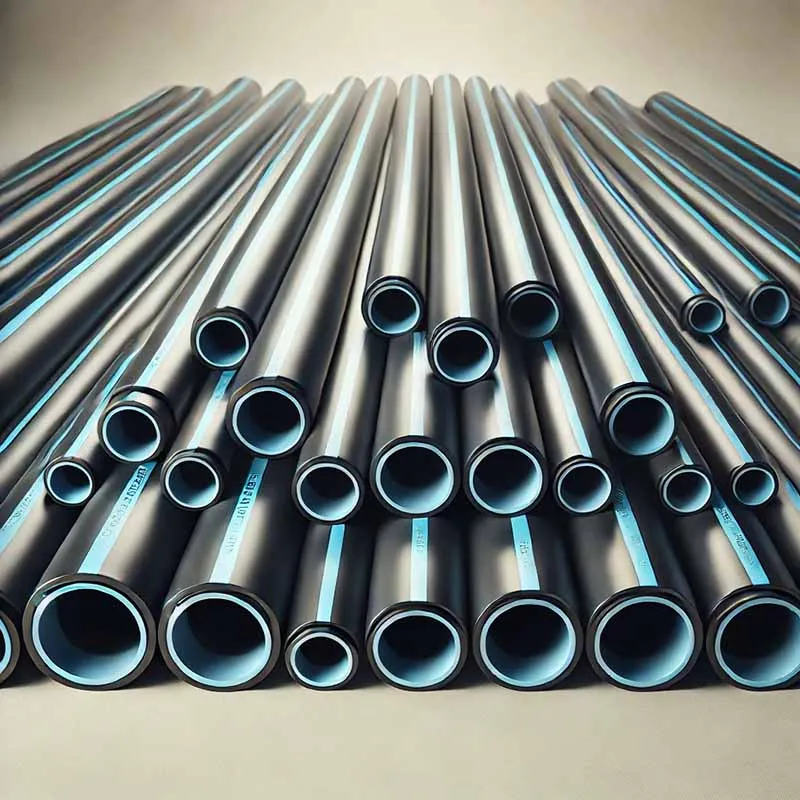

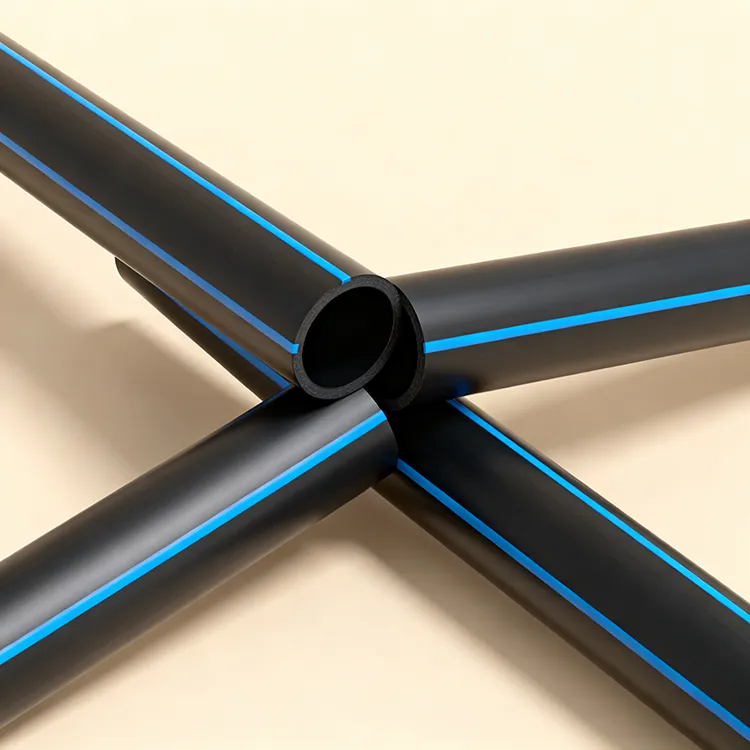
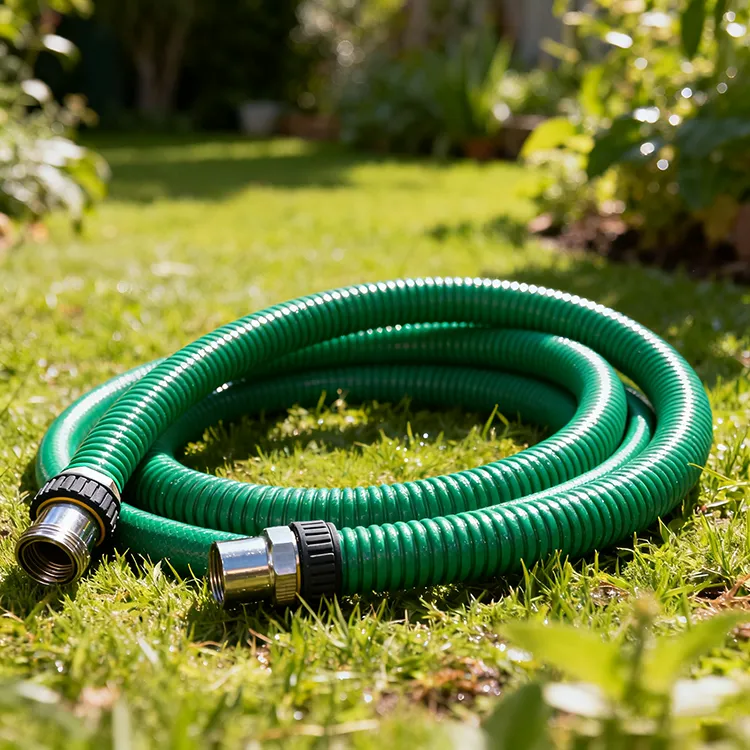

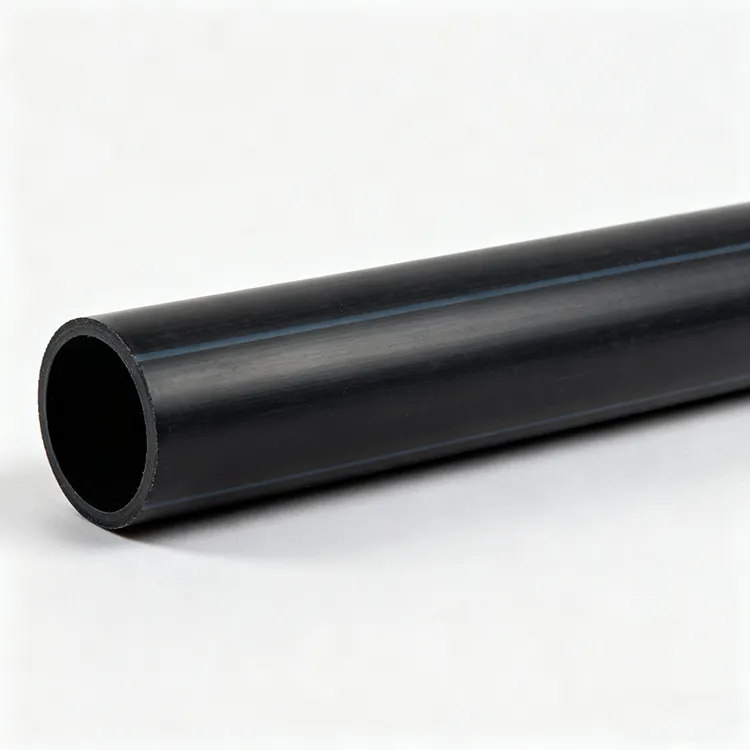
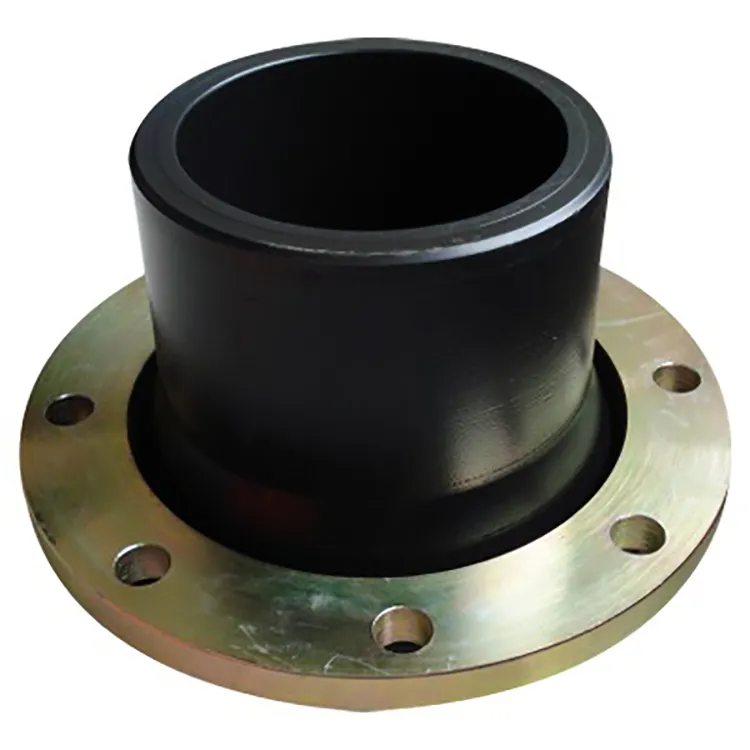


659.webp)
210.webp)
328.webp)
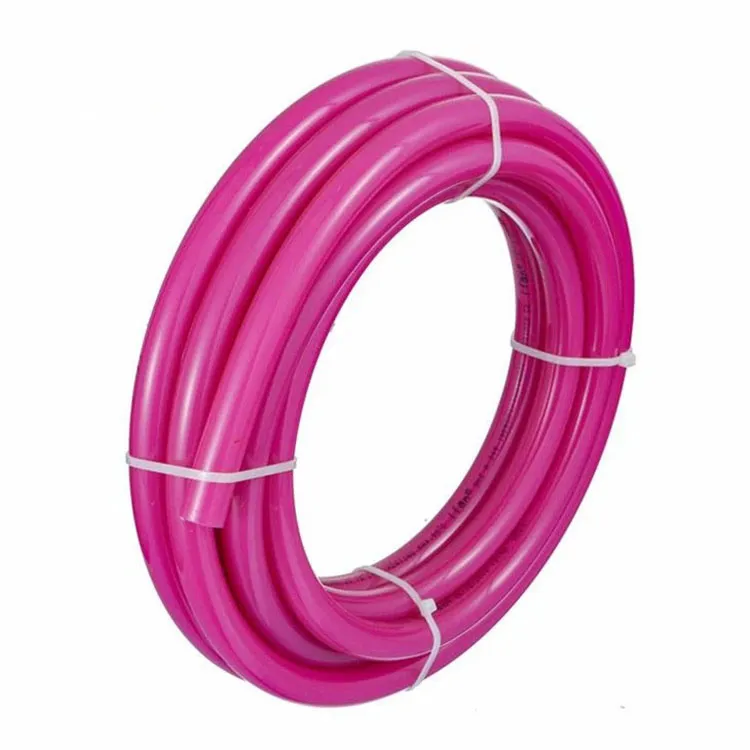
294.webp)
476.webp)


